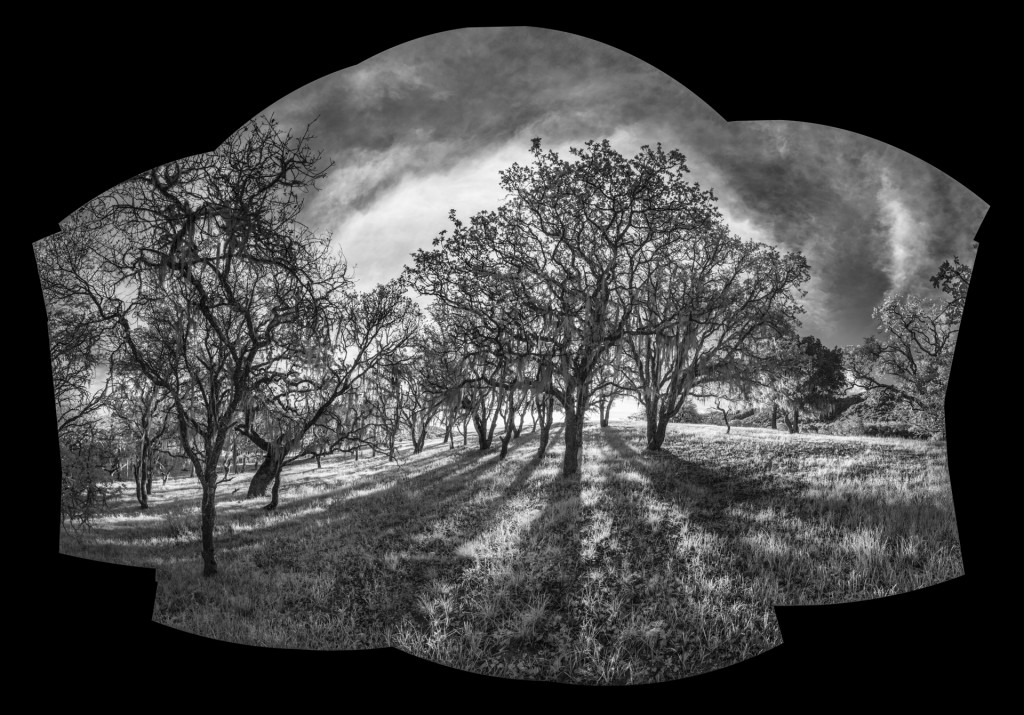This one:

Not a unanimous pick among you blog readers. In fact, it didn’t get one vote. I debated on whether to include it in the submission or not.
This little exercise demonstrates to me — and I hope, to you all — how unpredictable and seemingly arbitrary the jurying process is. I’ve sat in on jurying sessions with multiple jurors, so I got to hear them explain their thought processes, and there was occasional unanimity, but mostly debate. It’s certainly not cut and dried. But then again, would we want it to be? Then we could write computer programs to judge photographs. Ugh.
A corollary of this exercise is that we shouldn’t feel too dejected when our work isn’t selected, or too elated when it is.
Funny, I was going to pick it but didn’t quite have the courage! It grabbed me straight away at first sight. Then, looking again, I also liked No.8, and then my internet-disabled brain wandered off to something else…
Best wishes,
Nick
I have to agree with Nick on his picks. 4 & 8 immediately hit me as the standouts, to me. The contrasts available help frame the subjects better, and seem to say: this is what I want you to see, and it is beautiful.
The others just lack that emotional punch that those two give me.